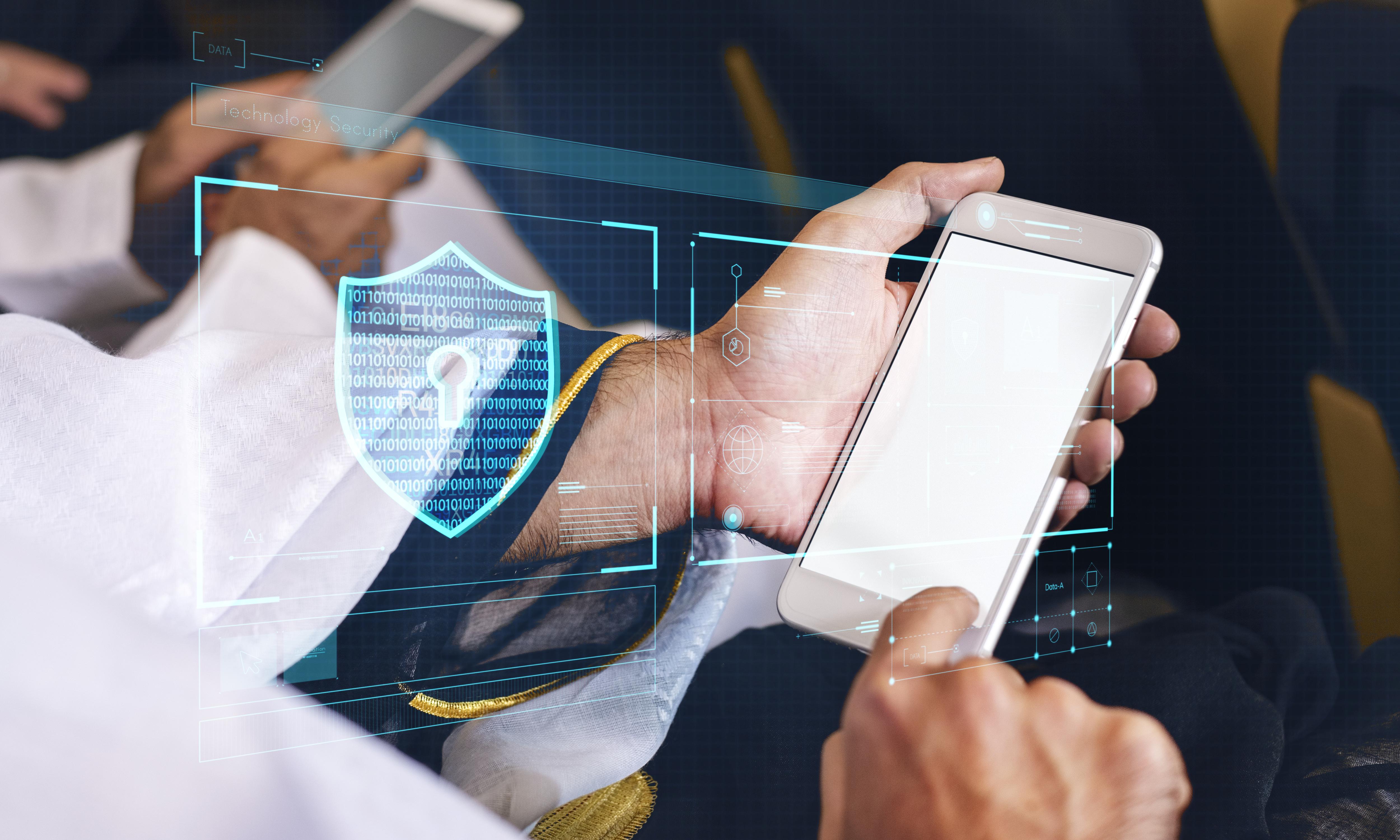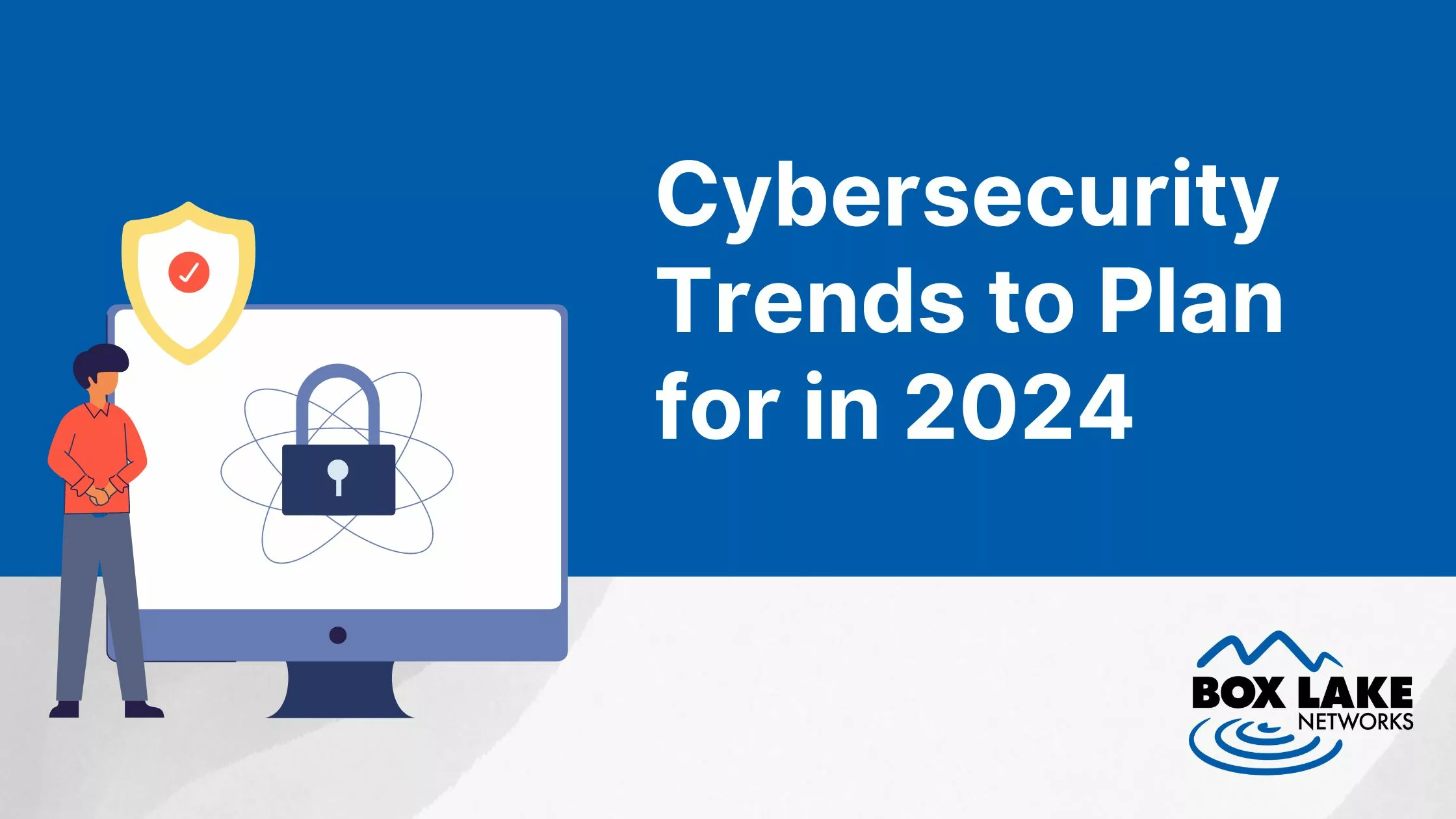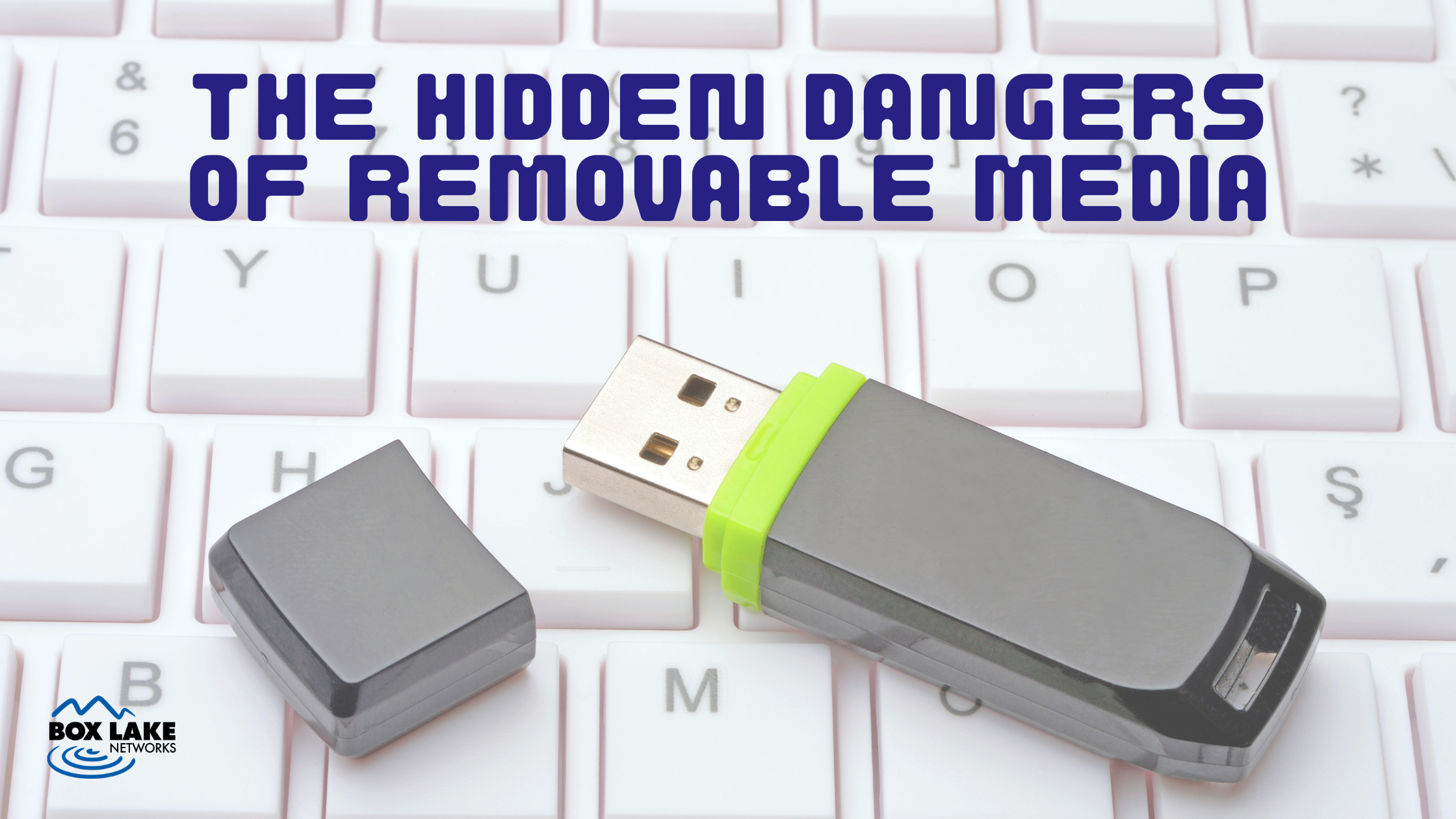By now we are well into 2024 and the digital landscape continues to quickly evolve.…

How Does a Ransomware Attack Happen?
Ransomware is file-encrypting malware and a serious threat to your business- but how exactly does an attack happen and how can you protect yourself?
It’s in the news weekly and can affect almost anyone. Ransomware encrypts a victim’s files and then the attacker demands a monetary ransom from the victim. The cybercriminals promise they will unencrypt and give the victim access to their files after payment. The attackers even provide instructions on how to pay the ransom to get a decryption key.
Ransoms vary drastically in cost – from a few hundred dollars to thousands. These ransoms are payable to criminals and usually in cryptocurrencies.
How it works
One of the most common ways a ransomware attack happens is via a phishing email. It could be a malicious link in an email or an attachment to an email. Once a file is downloaded and opened, they are able to take over your computer and encrypt your files.
These emails are very convincing and may even appear to be from someone you know. The attachments or links may peak your curiosity or convey a sense of urgency or panic.
Could your business be a target?
In short- everyone is a target. Cybercriminals run large-scale operations and do not discriminate based on company size or location. Attackers may target businesses that do not have large IT departments or security teams on staff for a better chance of a successful attack.
Cybercriminals may also target organizations that cannot afford to have downtime and need to get back up running quickly – assuming they will quickly pay a ransom. Businesses that house sensitive data or financial information may also be targeted because they will likely be willing to pay to restore access to their data.
How we can prevent ransomware
Having good online security practices, in general, is the first step in preventing an attack. This means thinking twice before opening any attachment and if you see some that looks “phishy” pick up the phone to call and verify the email.
Question any email from someone you don’t know that communicates urgency or panic. Question if the email makes sense or not, if you are not expecting a package from FedEx, don’t open a tracking email with an attachment. If your bank doesn’t usually email you to confirm details, call them if you get an unusual email.
Here are some more good practices:
- Keep antivirus software up to date. A comprehensive antivirus solution will detect and block malicious programs as they arrive.
- Keep your operating system up to date and patched. Operating systems are constantly releasing patches as more is learned about vulnerabilities and exploits, these patches need to be installed regularly.
- Unless you know what a software is, don’t install it. Do not give any software admin privileges unless you know exactly what it is and what it does and that it is safe.
- Always back up your files. It is best to have a solution in place that backs up your data often and automatically. This is a fool-proof ‘set it and forget it’ way to make sure you have your data in the event of an attack. This can give you options and minimize the damage when an attack occurs.
Box Lake offers antivirus and security solutions at a variety of price points and customizable backup solutions to protect your business from ransomware attacks and mitigate the damage of an attack.
The best way to start is to set up a consultation to define your goals and budget. Box Lake can build a custom plan to protect your business and employees.
A custom Managed Service solution from Box Lake can combine security, backup, system monitoring, and updates into one package. This includes timely patch management and on-demand help with security issues. We can build a plan that fits your business and budget to give you peace of mind and let you focus on other business priorities.



